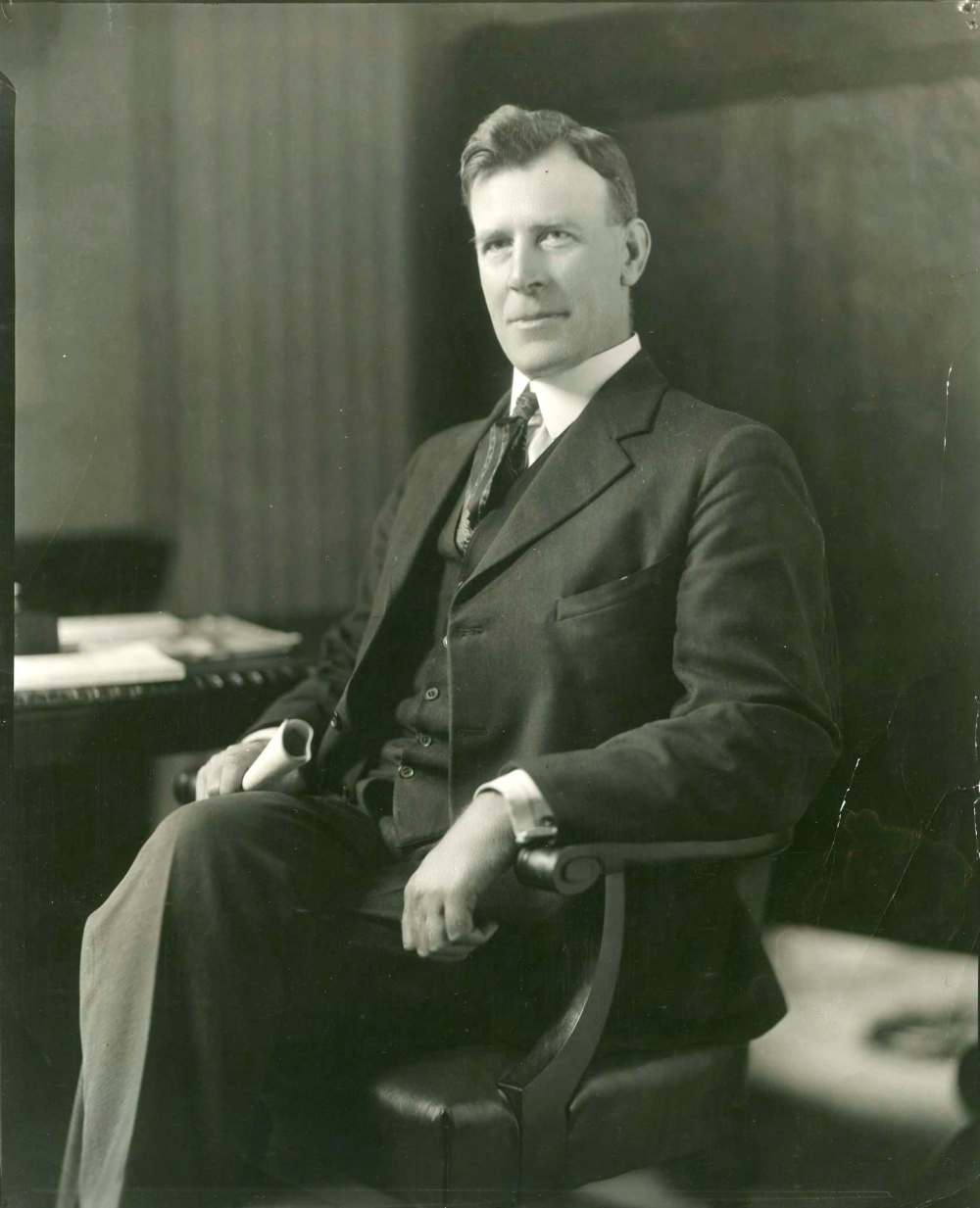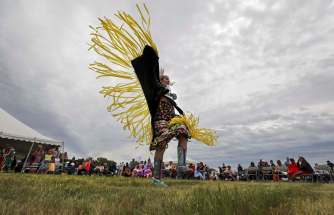Press freedom a key issue in Winnipeg General Strike
Read this article for free:
or
Already have an account? Log in here »
To continue reading, please subscribe:
Monthly Digital Subscription
$0 for the first 4 weeks*
- Enjoy unlimited reading on winnipegfreepress.com
- Read the E-Edition, our digital replica newspaper
- Access News Break, our award-winning app
- Play interactive puzzles
*No charge for 4 weeks then price increases to the regular rate of $19.00 plus GST every four weeks. Offer available to new and qualified returning subscribers only. Cancel any time.
Monthly Digital Subscription
$4.75/week*
- Enjoy unlimited reading on winnipegfreepress.com
- Read the E-Edition, our digital replica newspaper
- Access News Break, our award-winning app
- Play interactive puzzles
*Billed as $19 plus GST every four weeks. Cancel any time.
To continue reading, please subscribe:
Add Free Press access to your Brandon Sun subscription for only an additional
$1 for the first 4 weeks*
*Your next subscription payment will increase by $1.00 and you will be charged $16.99 plus GST for four weeks. After four weeks, your payment will increase to $23.99 plus GST every four weeks.
Read unlimited articles for free today:
or
Already have an account? Log in here »
Hey there, time traveller!
This article was published 21/06/2019 (2370 days ago), so information in it may no longer be current.
At the beginning of the Winnipeg General Strike, one might have argued that the strike itself was interfering with freedom of the press. At the end of the strike, and in its aftermath, it was a prominent strike supporter who made a major contribution to protecting freedom of the press in Canada.

In the months leading up to the strike, the relationship between organized labour and the three Winnipeg daily newspapers was antagonistic. In February 1919, the Winnipeg Trades and Labor Council had barred newspaper reporters from its meetings, on the grounds that the newspapers did not report fairly on the council’s activities.
Near the start of the strike, typographers and other production staff at Winnipeg’s three daily newspapers joined the walkout, leaving the city without any of its regular daily newspapers for a number of days.
There was also the issue of getting news reports to and from Winnipeg, because telegraphers were also on strike. Reporters from other cities came to Winnipeg to cover the strike, but often had to file their reports at telegraph offices in Minnesota or North Dakota.
And the strike committee did not cover itself with glory when it offered to allow The Canadian Press’s wire service operators to return to work if the strike committee could first approve the news items to be sent over the telegraph wires. The Canadian Press rejected the proposal.

The three dailies — the Free Press, the Tribune, and the Telegram — began publishing again after a few days. The war of words continued, with only organized labour’s own publications consistently defending the strike and its aims.
And then, near the end of the strike, the Crown decided to bring charges of seditious libel against two men for articles they had written in pro-labour publications. Seditious libel was an offence under the Criminal Code — it amounted to a charge of encouraging the overthrow of the government, and, if found guilty, the accused could be sentenced to time in jail.
The first of the strike-related libel trials took place in a Winnipeg courtroom in January and February of 1920. The defendant was Frederick John Dixon, a member of the Manitoba legislature, who had been charged with three counts of seditious libel for his pro-labour articles.
Fred Dixon had studied the 1835 case of publisher Joseph Howe in Nova Scotia. Howe had also been charged with seditious libel. Howe chose to defend himself, and was acquitted by the jury.
So, although he consulted with prominent Manitoba lawyers, Dixon appeared in that Winnipeg courtroom without a defence lawyer by his side.

At 2:30 p.m. on Friday, Feb. 13, 1920, Dixon began his address to the jury, and spoke until 5 p.m. He resumed his address at 10 a.m. the next day (Saturday), finally concluding his remarks that afternoon.
The essence of Dixon’s address to the jury was that a citizen has the right to criticize the government. Dixon told the jury: “I want to emphasize the fact again that so far as liberty of opinion is concerned, that is what is on trial, I contend. Liberty of speech and the press have been secured by the fearless action of British juries and Canadian juries, and they can only be preserved by the same method.”
A headline in the Toronto Daily Star, on Feb. 16, summed up the remarks by Dixon, and by the presiding judge, as follows:
“Dixon’s Jury Speech Was Dramatic Event … Most Eloquent Ever Heard in a Western Court. Judge Favors The Crown.”
The jury began its deliberations late in the afternoon of Saturday, Feb. 14, and the verdict was announced to a packed courtroom on the morning of Monday, Feb. 16, 1920 – “not guilty” on all three counts of seditious libel.

Later that day, Dixon resumed his seat in the Manitoba legislature.
As a result of the Dixon verdict, the Crown decided not to proceed with the seditious libel case against the other person who had been charged, J.S. Woodsworth. Woodsworth was subsequently elected to Parliament, became the first leader of the federal Co-operative Commonwealth Federation (CCF), and the rest of that story is, as they say, truly history.
In 1835, in Nova Scotia, when he won acquittal against charges of seditious libel, Joseph Howe famously stated, “Leave an unshackled press as a legacy to your children.”
So we have an interesting historical irony. At the beginning, organized labour likely overreached in an attempt to influence coverage of the strike.
But in the strike’s aftermath, one man — Fred Dixon — added an important link to the historical precedents that run from Joseph Howe in 1835 to our current Charter of Rights and Freedoms.
Ken Goldstein is a Winnipeg-based media economist and historian.











